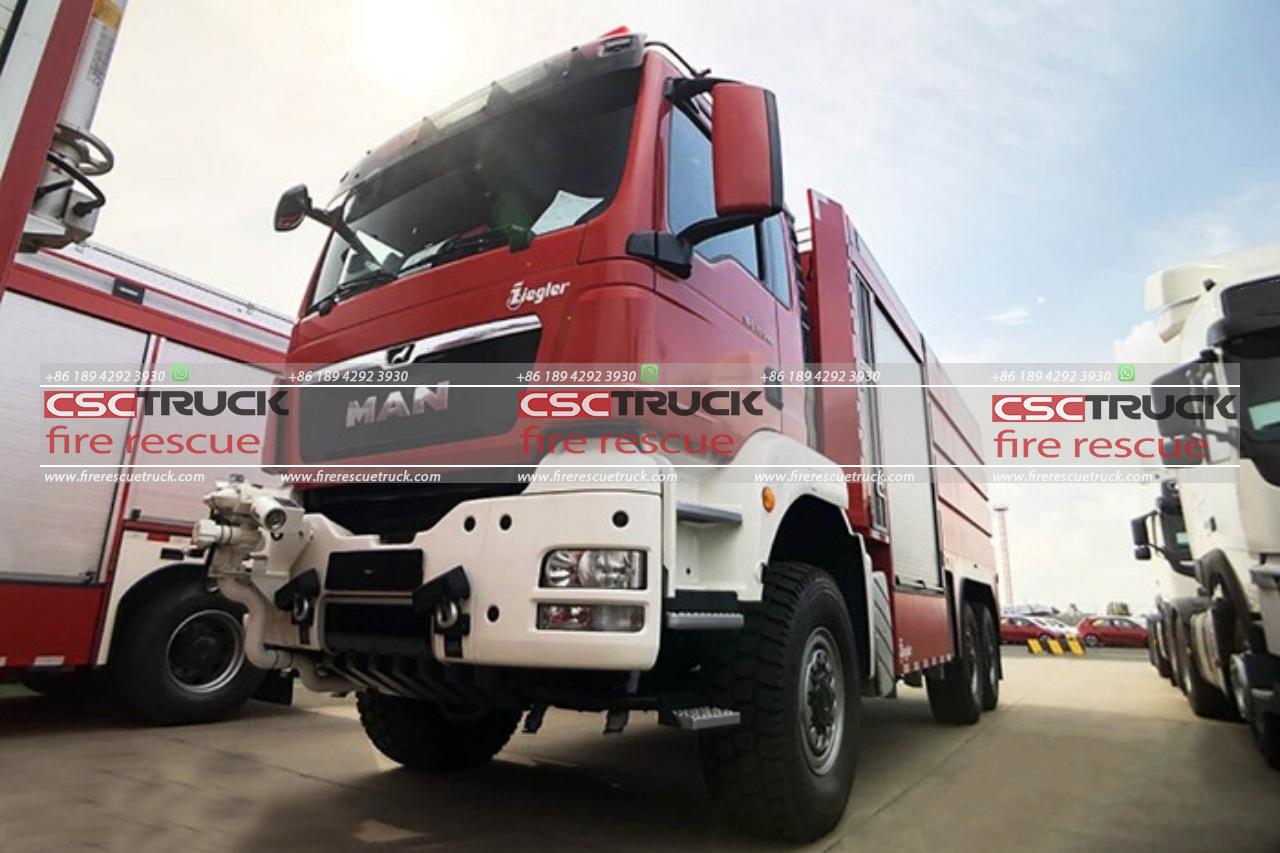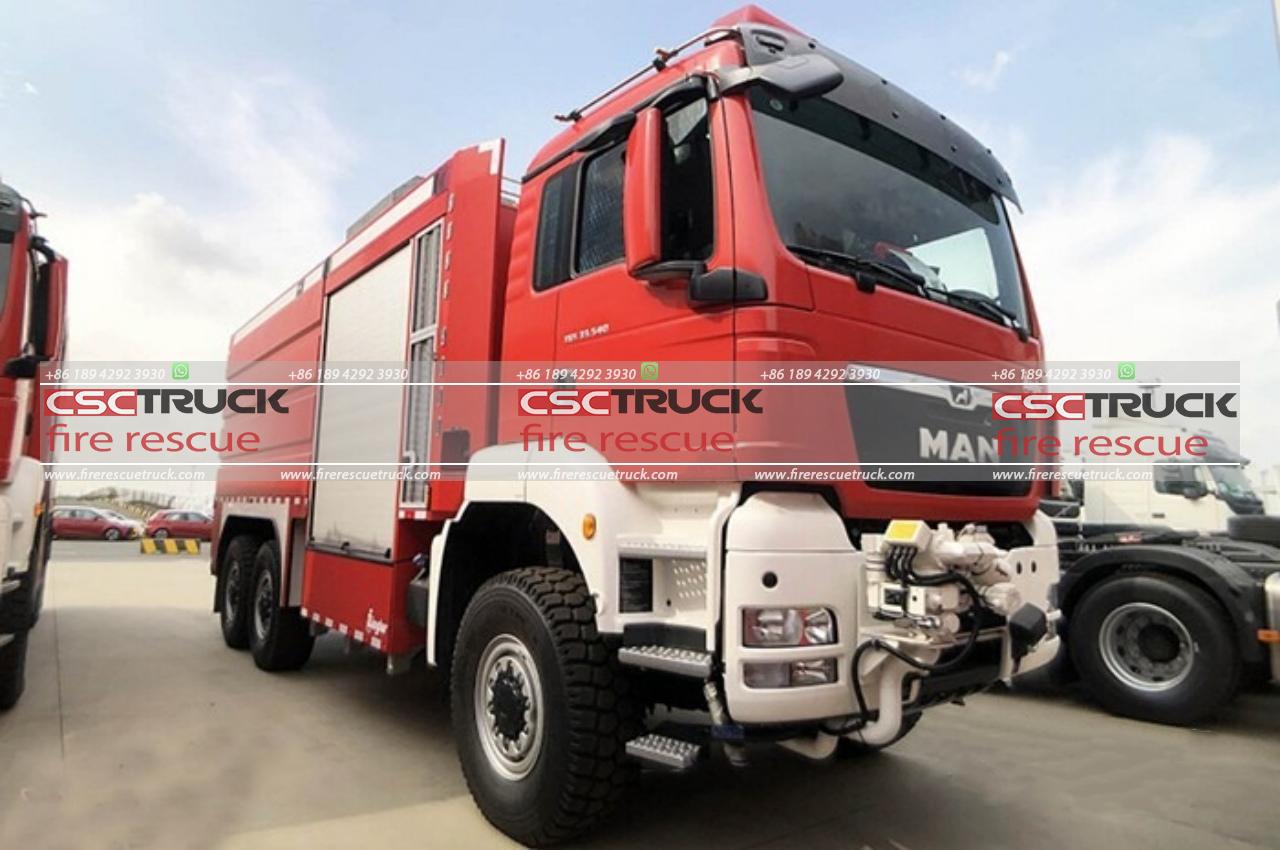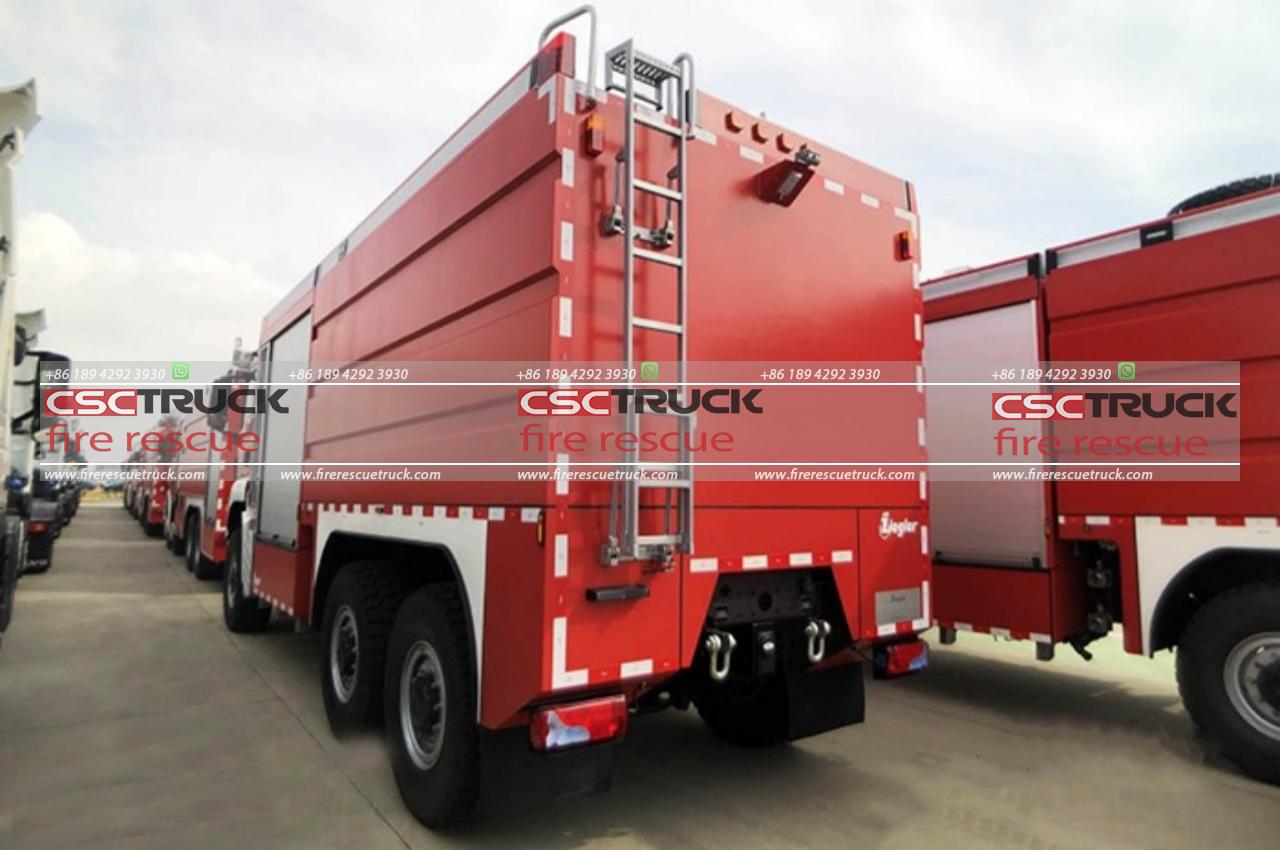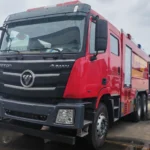What is a Fire Van Known As?
Firefighting has evolved significantly over the centuries, and with it, the types of vehicles used for firefighting and rescue operations. Among these vehicles, you may have come across the term “fire van.” While fire trucks and fire engines are more commonly recognized, the role of a fire van is distinct and serves specific functions in fire departments worldwide. But what exactly is a fire van known as? Let’s delve into the terminology, functionality, and context surrounding the use of fire vans in firefighting.
The Basics: What is a Fire Van?
A fire van is a type of emergency response vehicle used by fire departments, primarily for rapid response and support during firefighting operations, rescue missions, and medical emergencies. Unlike the traditional fire engine or ladder truck, which carries hoses, water, and ladders, a fire van typically serves specialized roles such as transport of personnel, and equipment, and sometimes for emergency medical response.
Fire vans are generally smaller than fire engines and trucks, and designed for agility and speed, especially in urban environments where tight streets or congested areas may hinder larger vehicles. They often carry specialized equipment depending on their assignment, which can range from rescue tools, medical gear, hazardous material handling equipment, and more.

Different Names for Fire Vans
The term “fire van” is not universally standardized, and its name can vary depending on the country, department, or specific role the vehicle is assigned to. Here are some alternative names or variations of fire vans used globally:
1. Rescue Van or Rescue Vehicle: In many departments, fire vans serve as rescue vehicles, equipped with tools for vehicle extrication, search-and-rescue operations, and first aid. These vehicles are often referred to as “rescue vans” because their primary mission involves rescuing victims from accidents, collapsed structures, or hazardous situations.
2. Support Unit: In some fire departments, fire vans are classified as support units. These vehicles may not carry water but are instead tasked with transporting essential firefighting gear or personnel to the scene of the emergency. They may also serve as command centers or provide logistical support, delivering additional equipment, air tanks, or lighting systems.
3. Incident Response Vehicle (IRV): In the UK and other parts of Europe, fire vans are commonly referred to as Incident Response Vehicles. These are multi-purpose emergency vehicles designed to respond quickly to various incidents, including fires, medical emergencies, and hazardous material spills.
4. First Response Unit (FRU): In some cases, fire vans are used as first response units, arriving at the scene before larger fire trucks or engines. These vehicles are smaller and more maneuverable, allowing them to reach emergencies faster in dense urban environments or rural areas with narrow roads. First Response Units may carry basic firefighting equipment, medical supplies, or tools needed for initial assessment and intervention.
5. Hazmat Van: Some fire vans are designed for handling hazardous materials (hazmat). These vehicles are equipped with protective gear, containment systems, and detection equipment to safely manage chemical spills, gas leaks, or radiological threats. When fire vans are used for this purpose, they are often referred to as hazmat vans.
6. Command Van: Command vans, also known as mobile command centers, are specialized fire vans used for coordination and communication during large-scale emergencies. These vehicles are equipped with advanced communication systems, computers, and other tools that allow fire chiefs and other incident commanders to direct operations from the scene.
7. Ambulance-Van Hybrid: In many regions, fire vans double as ambulances or medical response vehicles, especially in places where fire departments handle emergency medical services (EMS) alongside firefighting. These van-like vehicles may be outfitted with stretchers, defibrillators, and other medical equipment for treating patients on-site or during transport to hospitals.

How Does a Fire Van Differ from a Fire Engine?
It’s easy to confuse a fire van with a fire engine or fire truck, especially since they all respond to emergencies. However, the key differences between these vehicles lie in their purpose and the equipment they carry.
– Fire Engine: A fire engine, also known as a pumper, is designed to pump water from a fire hydrant, tanker, or other source. It carries hoses, water tanks, and other firefighting tools necessary for extinguishing fires. Fire engines often have powerful pumps and large tanks that can hold thousands of gallons of water.
– Fire Truck: A fire truck, sometimes called a ladder truck, is focused on rescue operations and high-angle firefighting. It’s usually equipped with an extendable ladder, tools for forced entry, ventilation fans, and rescue gear. Unlike a fire engine, it doesn’t carry water but works in conjunction with one during firefighting operations.
– Fire Van: In contrast, a fire van is more of a specialized or auxiliary vehicle. Its primary function can be diverse, depending on the mission. It might not carry water or hoses, focusing instead on transporting personnel, rescue tools, and medical equipment, or acting as a mobile command post. Fire vans are typically more compact than both engines and trucks, making them ideal for rapid response or specialized roles.
Why Do Fire Departments Use Fire Vans?
Fire departments rely on a variety of vehicles to handle different types of emergencies effectively. Fire vans fill an important gap by providing versatility, speed, and specialized capabilities that larger, bulkier vehicles may not be able to offer. Here are some reasons why fire vans are a crucial part of firefighting fleets:
1. Speed and Agility: In many emergencies, time is of the essence. Fire vans can navigate narrow streets, crowded urban areas, and off-road terrain more easily than larger fire trucks or engines. Their smaller size allows them to arrive quickly at the scene, especially in hard-to-reach places.
2. Specialization: Fire vans are often equipped for specific tasks, such as handling hazardous materials, conducting rescues, or providing medical assistance. Their modular design allows fire departments to outfit these vehicles with exactly the tools and equipment needed for a particular mission, without the bulk of a full-sized fire engine.
3. Support Roles: During large-scale incidents, such as multi-alarm fires or natural disasters, fire vans serve as support units. They can transport additional firefighters to the scene, carry extra equipment, or provide logistical support, such as setting up lighting or distributing breathing apparatus refills.
4. First Response: In many fire departments, fire vans are used as first response units, allowing for rapid assessment of the situation. They provide the first wave of firefighters or emergency medical technicians (EMTs) who can stabilize the situation until more resources arrive.
5. Medical Emergencies: Since many fire departments are responsible for emergency medical services, fire vans often double as ambulances or paramedic vehicles. They’re equipped with life-saving medical gear, and in some cases, can transport patients to hospitals.

Conclusion
In summary, a fire van, known by various names such as rescue van, support unit, incident response vehicle, or hazmat van, is a specialized, versatile, and indispensable part of modern firefighting fleets. Its compact size, speed, and ability to carry specific equipment make it a vital asset in a range of emergencies, from fire suppression and rescue missions to medical emergencies and hazardous material handling. While it may not be as iconic as the traditional fire engine or ladder truck, the fire van plays a critical role in the efficiency and effectiveness of fire departments across the world.







